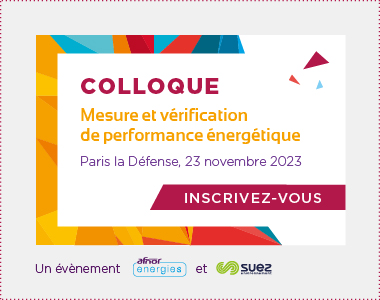Since the 2010s, methanization projects have been multiplying in France, driven by an encouraging legislative and pricing framework (10% of gas from renewable sources by 2030) and the desire to be less dependent on fossil fuels and the distant or troubled countries that market them.
In their wake, concerns and conflicts over the use of resources also abound, even though France has not imitated Germany in its choice to introduce food crops such as corn into the biomass pool oriented towards methanization.
What is methanization?
Methanization consists in transforming organic matter into biogas, through an anaerobic fermentation process, i.e. in the absence of oxygen. A methanizer can thus be compared to a giant stomach.
Separated from the digestate, the second by-product of this reaction, which can be used for agricultural land application, biogas, a gaseous mixture made up of 60% methane, can be valorized in several ways:
- By converting it into heat and/or electricity through combustion, for local needs such as heating horticultural greenhouses
- By injecting it into a gas pipeline after purification, where “biomethane” joins fossil natural gas
- By conditioning it as biomethane fuel, to run captive fleet vehicles such as buses or refuse collection vehicles.
- By dissociating it intoCO2 andH2 in a process known as methanation, to obtain hydrogen.

Wood, seaweed, slurry, agricultural by-products, food industry by-products, sewage sludge… As methanized biomass is made up of organic matter that has absorbed CO2 to form, the operation is climate-neutral: the CO2 released when the biogas is burned is released in the same quantities and feeds the next cycle of photosynthesis-methanization. That’s why methanization is a low-carbon renewable energy.
Methanization: a label of best practices
Even so, a methanization project can give rise to a certain amount of mistrust. Odors, clogging, economic viability, technological sustainability… The projects are put under the microscope. AFNOR Certification offers the Qualimétha label to reassure customers, particularly financial backers. Developed with ATEE, it is aimed at the various players involved in the implementation of a methanization project (engineering offices acting as project managers, project managers, designers, builders).

The Qualimétha standard includes a wide range of criteria, covering financial, contractual and insurance engineering, as well as aspects relating to safety, risk management and the robustness of technical processes. The label is not intended to qualify the biogas obtained, which must meet other technical and chemical specifications.
Key points to remember
- Methanization involves transforming organic matter into biogas.
- AFNOR Certification offers the Qualimétha label.
- The Qualimétha standard covers financial, contractual and insurance engineering, as well as aspects relating to safety, risk management and the robustness of technical processes.


